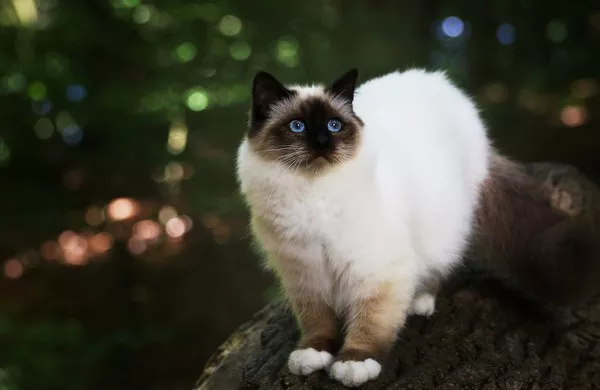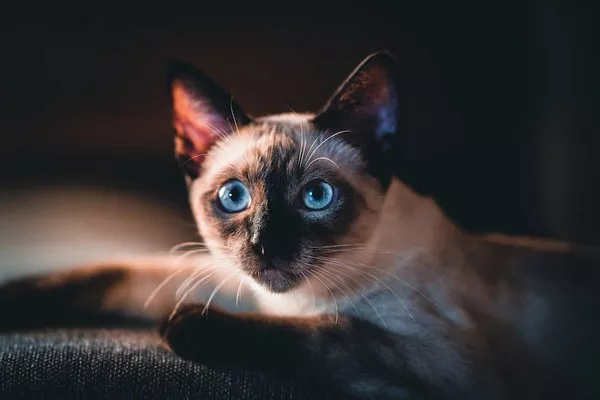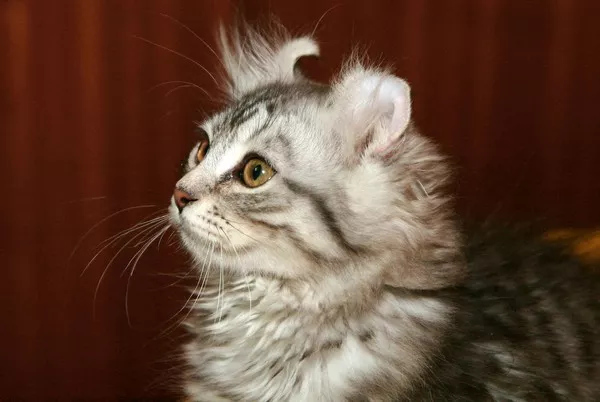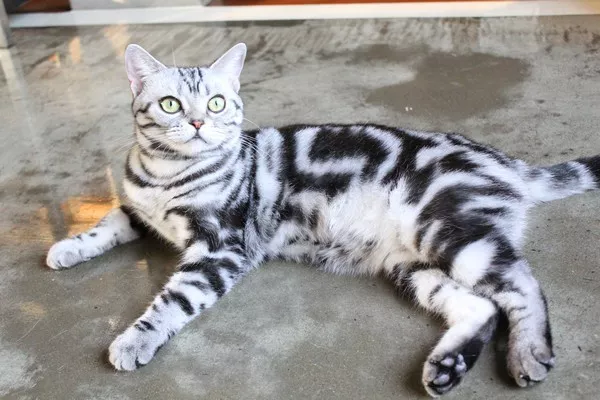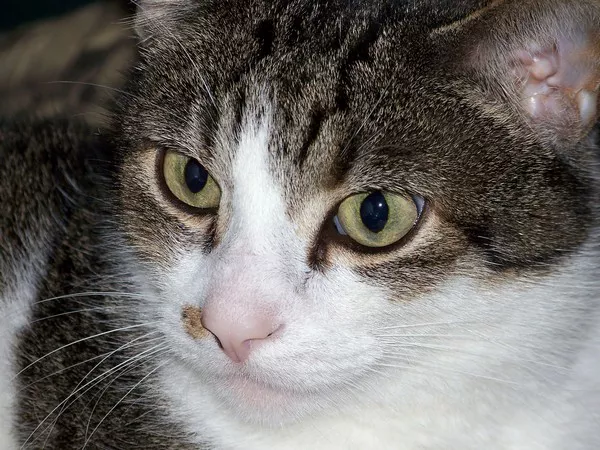Himalayan cats, with their distinctive appearance and charming personalities, require special attention when it comes to their diet. These majestic feline companions, known for their luxurious long fur and stunning blue eyes, have specific nutritional needs that contribute to their overall well-being. This article aims to provide a comprehensive guide on what to feed a Himalayan cat, exploring their dietary requirements, potential health considerations, and offering insights into creating a balanced and nourishing meal plan.
What to Feed Your Himalayan Cat
Himalayan cats, often referred to as “Himmies,” are a breed known for their striking beauty and friendly demeanor. Bred by crossing Persian and Siamese cats, Himalayans share characteristics with both parent breeds. These cats have a long, luxurious coat, a flat face, and a charming personality that makes them a favorite among cat enthusiasts.
1. Nutritional Requirements:
Himalayan cats, like many other purebred cats, have specific nutritional requirements that cater to their unique characteristics. Their luxurious coat, for instance, demands a diet rich in essential fatty acids to maintain its health and luster. Additionally, due to their brachycephalic (short-nosed) facial structure, Himalayans may benefit from a diet with kibble designed to promote dental health.
2. High-Quality Cat Food:
The foundation of a Himalayan cat‘s diet should be a high-quality cat food that meets the standards set by reputable pet nutrition organizations. Look for cat food that lists a high-quality protein source, such as chicken or fish, as the primary ingredient. Avoid products with excessive fillers, artificial additives, and low-quality by-products.
3. Protein Content:
Protein is a crucial component of a Himalayan cat’s diet, supporting their overall health and the maintenance of lean muscle mass. Aim for cat food with a protein content of around 25% to 30%. High-quality animal-based proteins should be prioritized over plant-based alternatives, as cats are obligate carnivores and require animal-derived nutrients for optimal health.
4. Fat Content:
Due to their long, flowing coat, Himalayan cats benefit from a higher fat content in their diet to support skin and coat health. Look for cat food with a fat content of approximately 12% to 15%. Omega-3 and Omega-6 fatty acids, commonly found in fish oil, contribute to a glossy coat and healthy skin.
5. Dental Health Considerations:
Himalayan cats, like other brachycephalic breeds, may be prone to dental issues. Choosing a cat food with kibble specifically designed to promote dental health can help reduce the risk of dental problems. Additionally, providing dental treats or engaging in regular teeth brushing can contribute to maintaining good oral hygiene.
6. Hydration:
Cats, including Himalayans, may not drink enough water on their own, leading to potential urinary tract issues. Wet cat food or adding water to dry kibble can increase their overall water intake. It’s essential to ensure that your Himalayan cat stays well-hydrated to support kidney function and overall health.
Creating a Well-Balanced Diet
1. Commercial Cat Food:
High-quality commercial cat food is formulated to meet the specific nutritional needs of cats. Choose reputable brands that prioritize animal-based proteins, essential fatty acids, and balanced nutrition. Consider life stage formulas tailored to your Himalayan cat’s age, whether they are a kitten, adult, or senior.
2. Raw or Homemade Diets:
Some cat owners opt for raw or homemade diets to provide more control over their cat’s nutrition. If considering this option, consult with a veterinarian or feline nutritionist to ensure the diet meets all of your Himalayan cat’s nutritional requirements. Homemade diets should include a balance of proteins, fats, vitamins, and minerals.
3. Portion Control:
Himalayan cats, like all cats, benefit from portion control to maintain a healthy weight. Follow the feeding guidelines provided on the cat food packaging, and adjust portions based on your cat’s age, weight, and activity level. Obesity in cats can lead to various health issues, including diabetes and joint problems.
4. Treats and Snacks:
While treats can be a delightful addition to your Himalayan cat’s diet, they should be offered in moderation. Choose high-quality treats that complement their overall nutrition. Some treats are formulated to support dental health or provide additional nutrients, adding value to your cat’s diet.
5. Consulting with a Veterinarian:
Regular veterinary check-ups are essential for monitoring your Himalayan cat’s health and addressing any dietary concerns. If you have questions about your cat’s diet or if they have specific health conditions, consult with your veterinarian for personalized advice and recommendations.
Special Considerations for Himalayan Cats
1. Hairball Prevention:
Himalayan cats, with their long coats, are more prone to hairballs. Choose cat food with added fiber to aid in hairball prevention. Additionally, consider using hairball control treats or supplements to support your cat’s digestive health.
2. Weight Management:
Due to their sedentary nature, Himalayan cats may be predisposed to weight gain. Monitor their weight closely and adjust their diet accordingly. Engage in interactive play sessions to keep them active and maintain a healthy weight.
3. Senior Cat Nutrition:
As Himalayan cats age, their nutritional needs may change. Senior cat food formulas address the specific requirements of aging cats, including joint support and lower calorie content to prevent obesity.
Conclusion
Crafting a well-balanced and nutritious diet for your Himalayan cat is a key element in ensuring their health and happiness. By understanding their unique nutritional needs, selecting high-quality cat food, and incorporating special considerations, you can provide your Himalayan feline companion with the foundation for a long and vibrant life. Regular veterinary check-ups, portion control, and a focus on overall well-being contribute to a nourished and content Himalayan cat, showcasing their beauty and charm for years to come.

